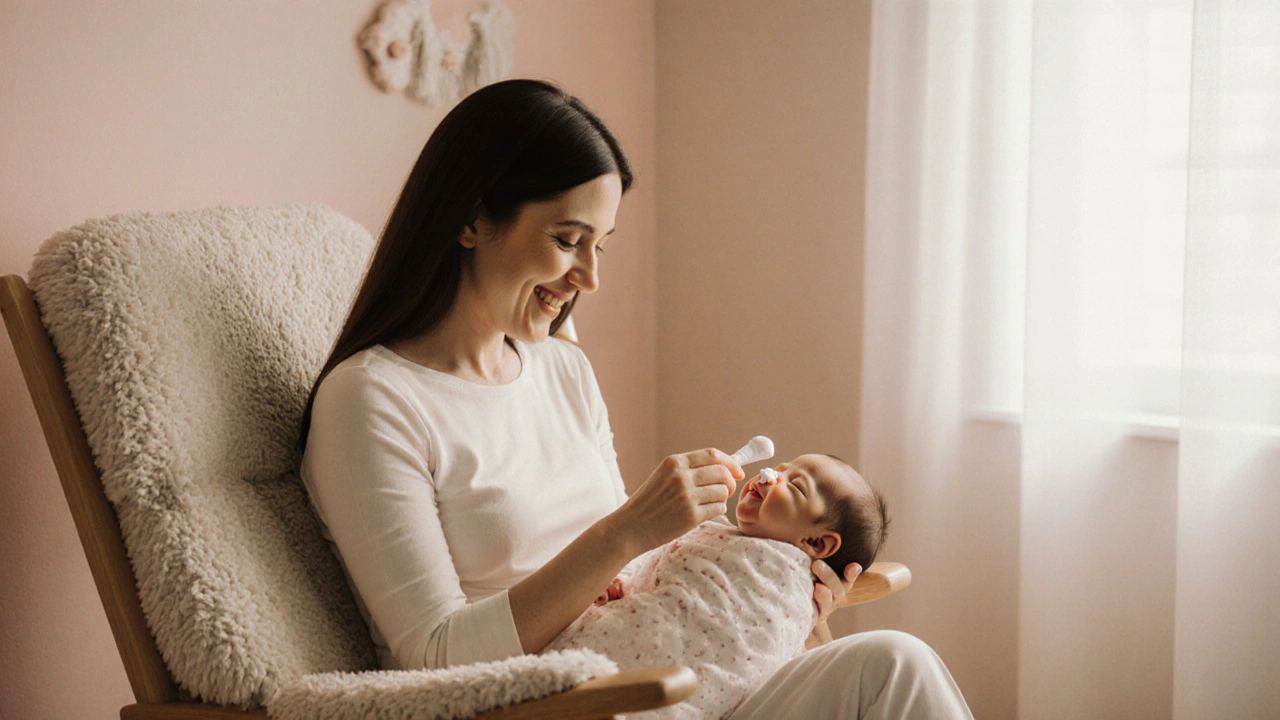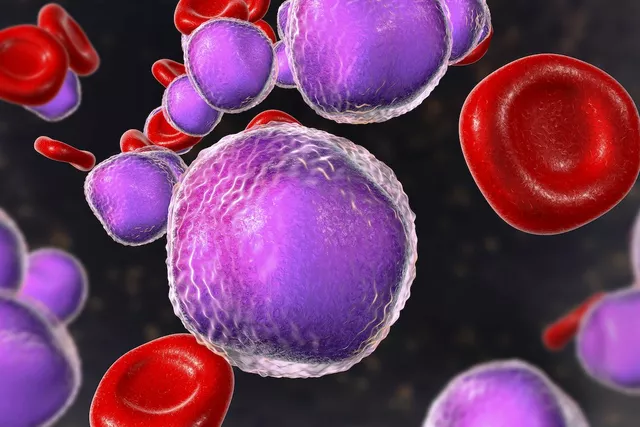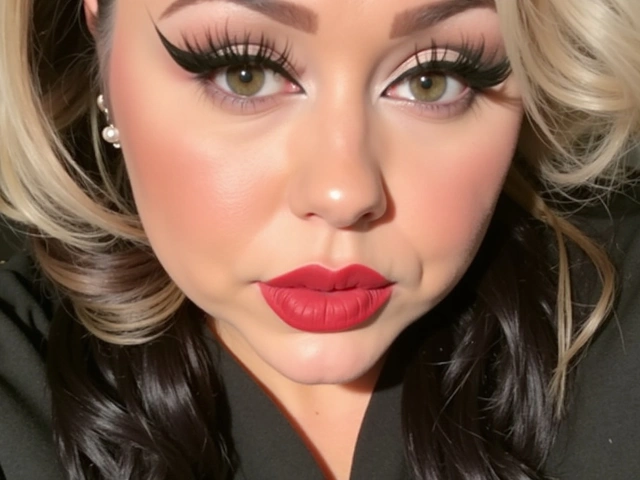Natural Baby Skin Treatment: Safe, Effective Options for Sensitive Skin
When your baby’s skin gets red, dry, or itchy, you want relief—fast. A natural baby skin treatment, a non-pharmaceutical approach to soothing infant skin irritation using gentle, plant-based, or minimally processed ingredients. Also known as gentle infant skincare, it’s not about avoiding medicine altogether—it’s about choosing what’s safest for delicate skin that’s still learning to protect itself. Many parents turn to natural options because they’re worried about steroids, fragrances, or chemicals in store-bought creams. But not all "natural" products are safe. Some plant oils can clog pores. Others trigger allergies. The key is knowing what actually works—and what’s just trendy.
One common issue tied to natural baby skin treatment is baby eczema, a chronic, itchy skin condition affecting up to 20% of infants, often linked to dryness, genetics, or environmental triggers. Also known as infant dermatitis, it doesn’t always need strong meds. Simple changes—like switching to fragrance-free laundry detergent, using lukewarm baths, and applying a thin layer of cold-pressed coconut or sunflower oil—can make a real difference. Studies show sunflower seed oil, in particular, helps rebuild the skin barrier in newborns. But if the rash spreads, oozes, or doesn’t improve in a week, it’s not just dryness. It could be fungal or bacterial, and that needs a doctor’s eye.
Another related concern is organic baby products, topical items labeled as organic, natural, or hypoallergenic that may still contain irritants like essential oils, preservatives, or plant extracts. Just because a bottle says "100% natural" doesn’t mean it’s safe for babies. Tea tree oil, lavender, and chamomile sound soothing, but they’re common triggers for infant rashes. The best products? Simple ones. Petroleum jelly, plain zinc oxide, or even pure, unrefined shea butter. No added scents. No alcohol. No dyes. And always patch test first—even "safe" things can react on newborn skin.
You’ll find posts here that cut through the noise. Some show how diet changes in breastfeeding moms can calm baby’s skin. Others compare coconut oil to medical-grade moisturizers. There’s even a guide on when to stop natural remedies and when to call your pediatrician. No fluff. No hype. Just what actually helps real parents with real babies. Whether your little one has cradle cap, diaper rash, or red patches on their cheeks, you’ll find clear, practical advice here—no guesswork needed.

How to Soothe Chapped Skin in Babies & Children: Top Care Tips
Learn proven ways to treat and prevent chapped skin in babies and kids. Expert tips, safe products, DIY remedies, and when to see a doctor.
Detail




